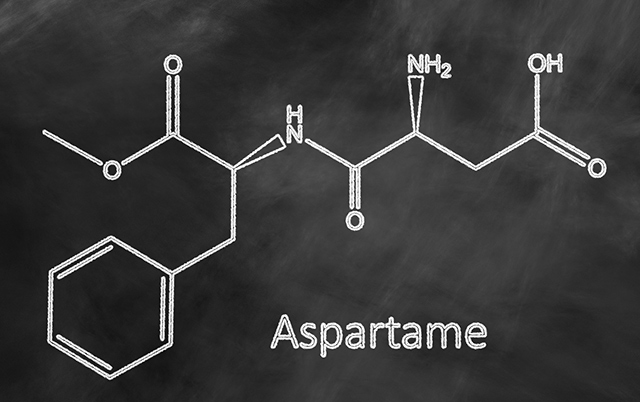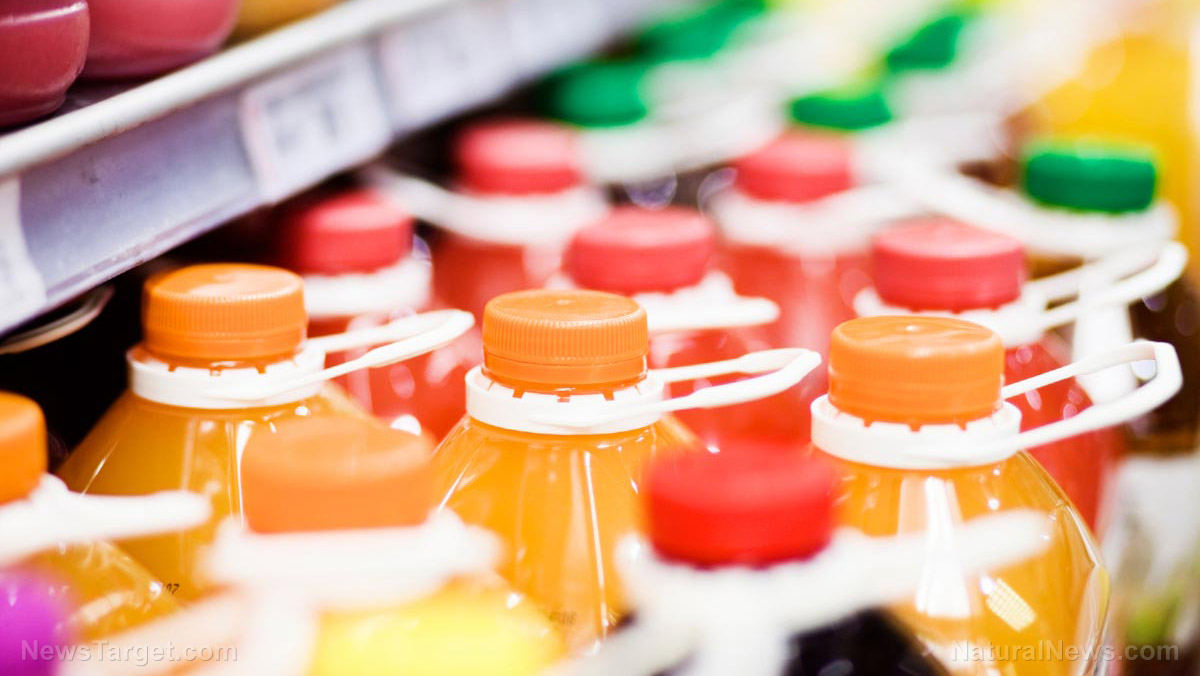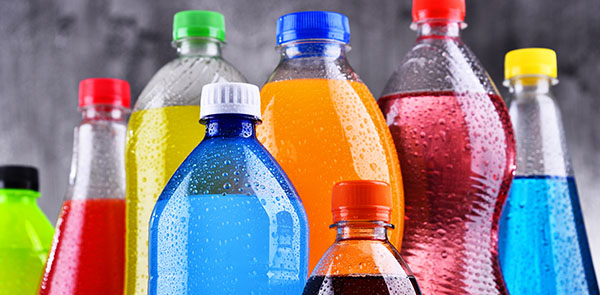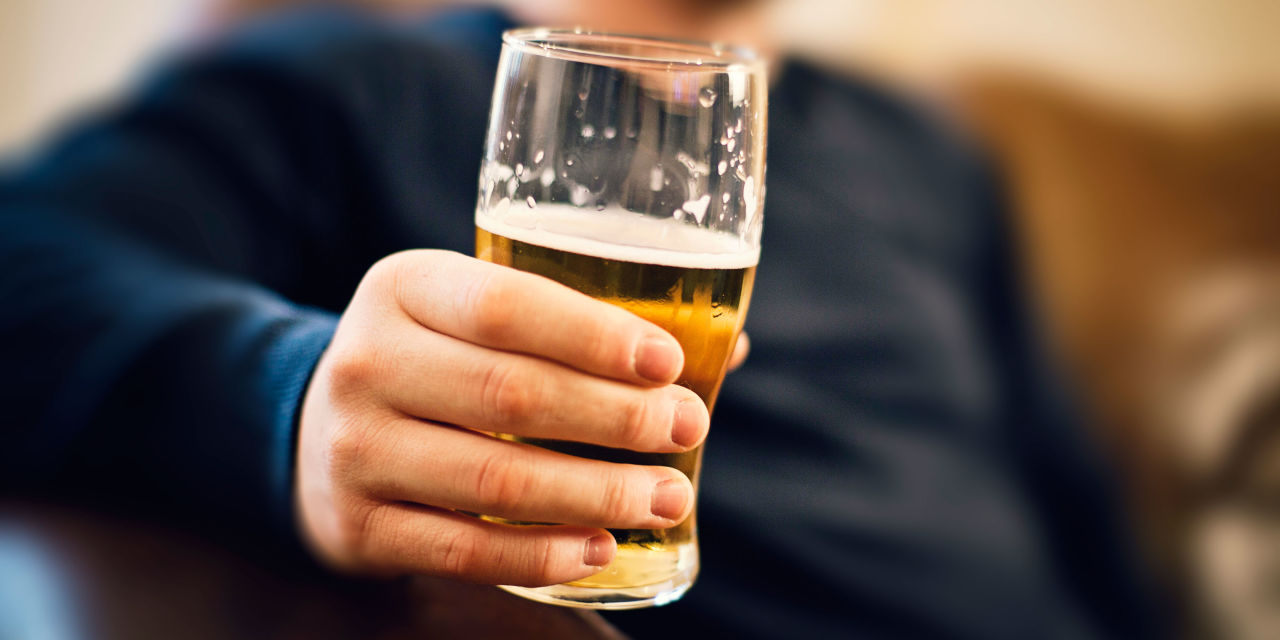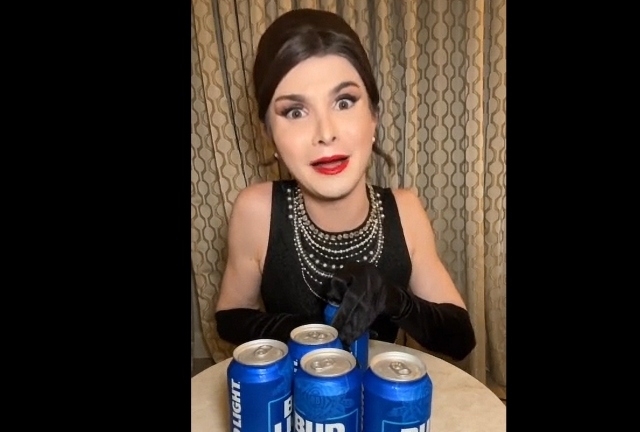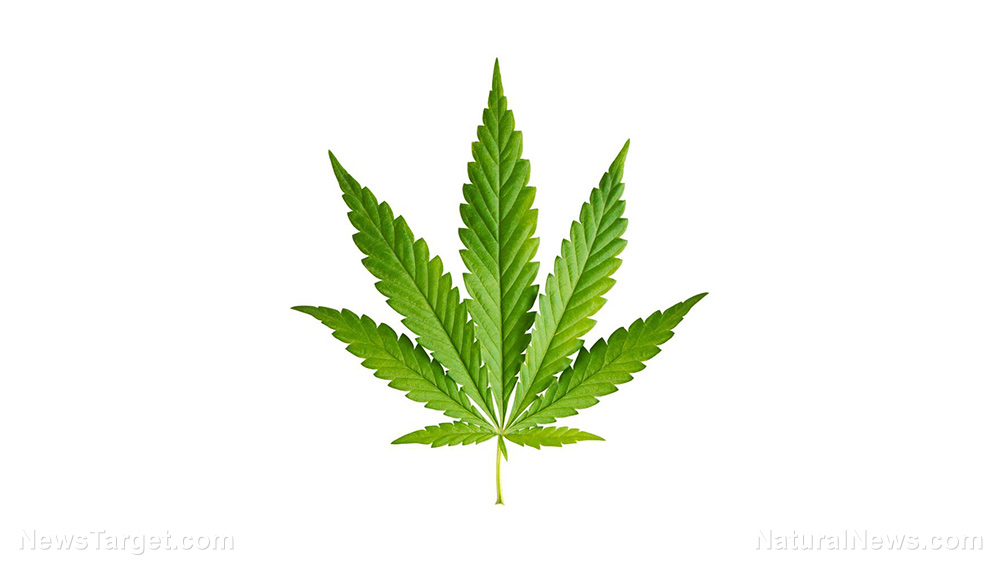
The effects of edible marijuana are quite different from that of alcoholic drinks. People who drink alcohol can get tipsy within minutes of their first serving. Meanwhile, marijuana may take more than an hour before its effects fully set in.
Many first-time consumers are caught off guard by the jarring differences between the two. The amount of ingestible marijuana that is considered safe for casual consumption is much stricter than that of beer and other alcoholic drinks.
In the face of widespread marijuana legalization and increasing consumption, beverage companies are hoping to amend that discrepancy. One of the standouts is Two Roots Brewing Co., a California-based company that recently introduced the first cannabis crafted beer in the world. TwoRoots' "CannaCrafted" drink took only 10 minutes to take effect after the first drink. Its intoxicating effect lasted for around 90 minutes, the same duration as alcohol. (Related: Can hemp extract with CBD boost your overall health and reduce stress levels?)
New cannabis beers take effect faster and last around the same time as alcohol
Other American and Canadian companies are working on "sessionable" marijuana beer. The effects of these drinks will be light enough that consumers can enjoy two or even three servings during a single session.
Why the interest in marijuana beers? Experts believe that the cannabis-infused beverage industry will hit $600 million in the U.S. in 2022. The potential profit is drawing the attention of big players in the alcohol industry. The brewers and owners of brand names like Budweiser, Coors, and Corona are looking for a way to make up for the reduced consumption of their products in recent years, and they're investing millions or even billions in cannabis firms.
"As more states legalize recreational cannabis, users will continue to seek new, more sociable ways to consume, and companies will increasingly look to adapt to this new wave of consumption," explained Cannabiniers head Timothy Walters, who owned Two Roots.
Cannabiniers and like-minded companies have been developing non-alcoholic marijuana beverages that sped up the time it took for the effects to set in. Their nano-emulsification technique uses a blending agent that bonds with the cannabis molecules, making it easier for cannabis to mix with water.
Making marijuana beers less scary to first-timers by speeding up their onset times
During the debut of its Cannabiers line, Two Roots offered products infused with either cannabidiol (CBD) or tetrahydrocannabinol (THC). The non-alcoholic cannabis craft beers came in 10-ounce cans and followed many of the common styles, such as Blonde, Lager, Stout, and Wheat.
Two Roots spokespersons claimed that their micro-dose formula made it faster for the effects of marijuana beer to appear and disappear. By speeding up the onset time and the dissipation time, the beers could persuade wary people to stop being so afraid of cannabis-infused products.
Then there were the companies that replaced the traditional ingredients with cannabis. Instead of using barley, Canadian company Province Brands brewed beer directly from the parts of the cannabis plant that contain cannabinoids.
Trait Biosciences, on the other hand, is experimenting with glycosylation. Their technique copied the natural process by which the body attached a glucose molecule to the cannabis one for metabolization. The approach prevented the oily cannabinoids from splitting off from water.
"There's a strong sentiment that beverages are probably going to become the leading mechanism for ingestion," remarked Trait Biosciences chief strategy officer Ronan Levy.
Visit HempScience.news for more research on the uses and benefits of cannabis.
Sources include:
Please contact us for more information.
















